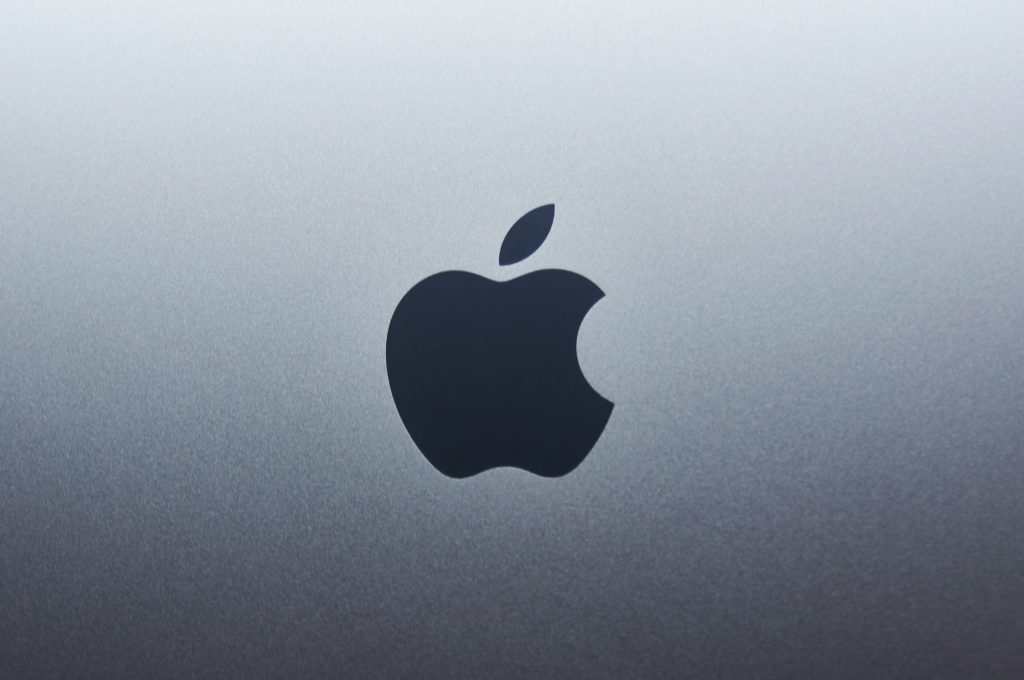A Quiet Release with Loud Implications
Google has quietly launched Edge Gallery, a powerful new app that could mark a turning point for on-device AI. While most generative AI apps rely on the cloud, Edge Gallery flips the script, bringing models directly onto Android devices. And though it’s labelled “Alpha,” this experimental app already offers surprising performance and versatility, particularly for developers, tinkerers, and privacy-conscious users.
What Is Edge Gallery?
Edge Gallery is a lightweight app designed to run AI models locally on your Android device. Instead of streaming tasks through cloud servers, the app processes everything right on your phone—no internet required after setup.
Key Features:
- Task-Based Interface: Choose from tasks like “AI Chat” or “Ask Image.”
- Model suggestions: Get recommendations on which AI models to use for each task.
- Prompt Lab: A sandbox for one-off prompts like text rewriting, summarisation, or quick answers.
- Open-Source Code: Available on GitHub under the Apache 2.0 License, inviting community feedback and collaboration.
Why Edge Gallery Matters
Until now, companies like OpenAI, Anthropic, and Google itself have focused on cloud-based AI assistants. But Edge Gallery signals a shift toward AI at the edge, where tasks happen on your device instead of across the internet.
Key Benefits:
- Privacy: No more sending data to remote servers.
- Offline Functionality: Works without a constant internet connection.
- Lower Costs: No need for expensive cloud usage or GPU servers.
- Speed (on newer devices): Flagship Android phones can handle even large models smoothly.
Performance Considerations
Like all local AI applications, performance will depend on:
- Device Hardware: Newer Android phones perform better.
- Model Size: Larger models offer better output but take longer to process.
- User Needs: Ideal for developers, power users, and privacy advocates.
Open-Source and Community-Driven Development
Google’s decision to release Edge Gallery under an open-source license is no coincidence. By opening it to the developer community, Google is signalling its interest in making edge AI development a collaborative evolution. Users can:
- Submit feature requests
- Report bugs
- Build and test custom models
- Contribute to the future of edge-based AI
What’s Next for On-Device AI?
As AI models continue to shrink and smartphone chips grow more powerful, the future of generative AI could shift increasingly toward local devices. Edge Gallery might be a quiet debut today, but it represents a loud statement about where AI is headed: faster, smarter, and more private, right in your pocket
Google’s Edge Gallery may still be in its early stages, but it’s a major step forward for on-device AI experiences. With growing concerns around data privacy, cloud dependency, and AI accessibility, this experimental tool could redefine how we interact with smart models in the near future.
Whether you’re a developer looking to experiment or a casual user interested in AI without the cloud, Edge Gallery is a project worth watching.











